Introduction to Engine Mechanics
The crankshaft is a critical component in internal combustion engines, responsible for converting the linear motion of pistons into rotational motion. This function is vital for the engine to produce power effectively. A profound understanding of the various parts of the crankshaft parts and their functions can greatly enhance your appreciation for automotive mechanics and the intricacies of engine performance. Each part plays a specific role that contributes to the overall efficiency and reliability of the engine.
Over the years, advancements in design and materials have improved the performance and durability of these components. Knowledge about these improvements helps car enthusiasts and owners make informed choices about maintenance, upgrades, and overall automotive care. This article will explore the essential parts, their roles in engine performance, common issues, and maintenance tips. By the end of the discussion, you will have a clearer idea of how these components work together to power your vehicle.
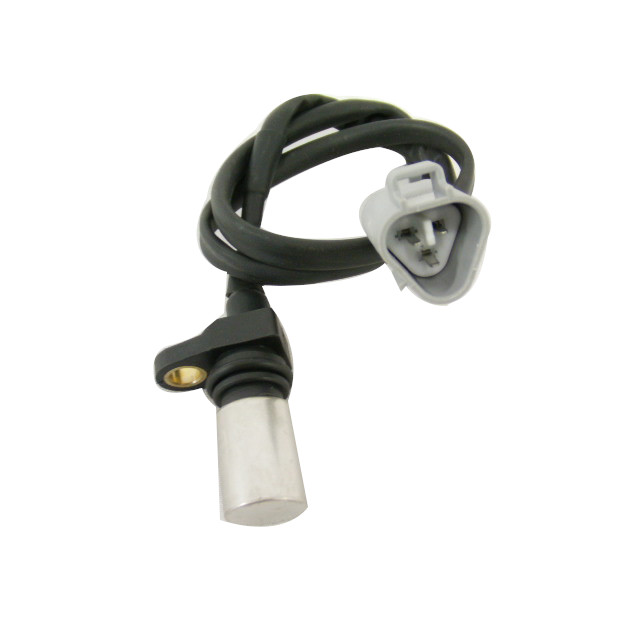
Key Components of the Crankshaft Assembly
Main Journals
Main journals serve as the foundational points that support the crankshaft parts within the engine block. Located at the base of the crankshaft, they rotate on bearings that keep the assembly aligned and allow smooth rotation. The proper functioning of these journals is essential for maintaining engine performance and efficiency.
Wear and tear on the main journals can significantly affect performance. As these parts experience friction from constant motion, they can develop scoring or pitting, leading to decreased efficiency and increased vibration. Regular maintenance, such as periodic oil changes, is crucial to keeping these components in optimal condition. Consistent lubrication will prolong the life of the bearings and journals, ensuring smooth operation over time.
Connecting Rods
Connecting rods are essential components that link the pistons to the crankshaft. When the pistons move up and down in their respective cylinders, the connecting rods transfer this linear motion to the crankshaft. This conversion of movement is critical for the engine’s operation.
The design and material of the connecting rods must withstand significant forces, as they experience considerable stress during engine operation. Most connecting rods are made of forged steel or aluminum to provide strength and durability. Proper installation and maintenance are vital, as any malfunction or wear can result in severe engine damage. Understanding the role and structure of connecting rods enhances knowledge of engine dynamics.
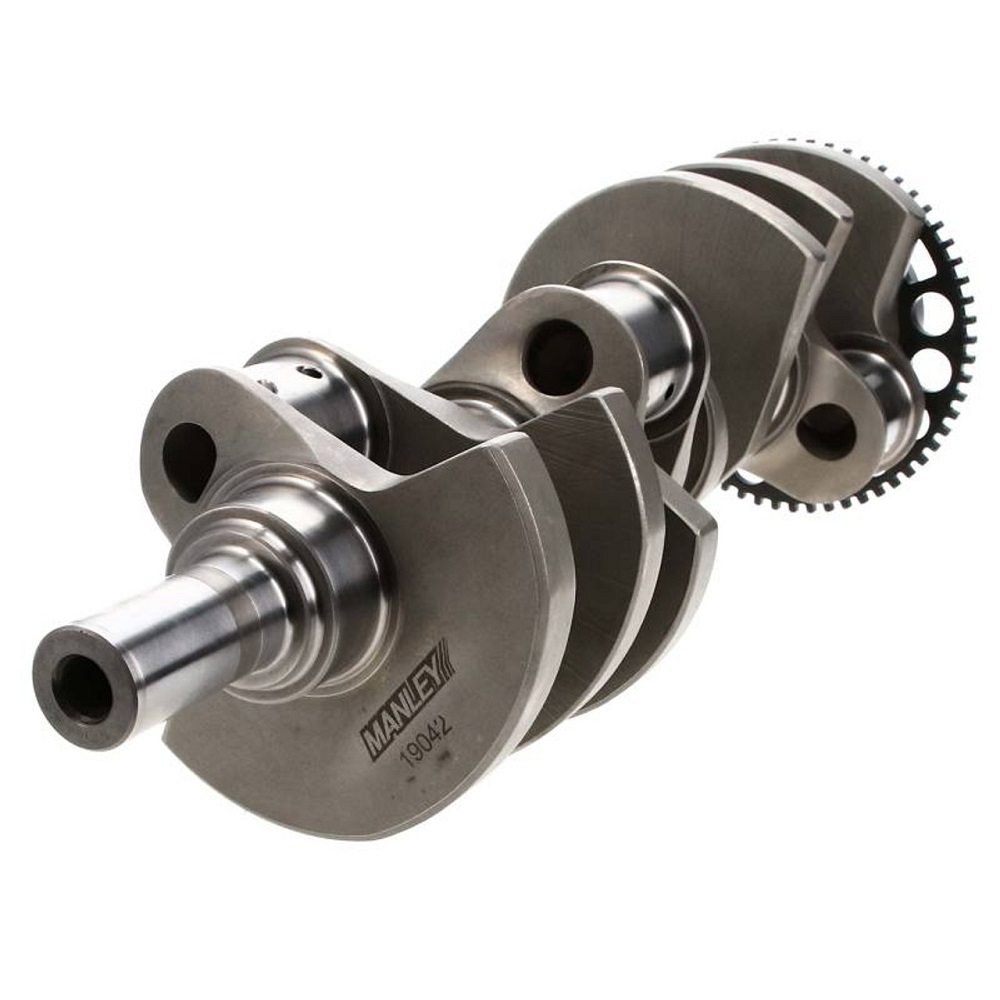
The Impact of Crankshaft Components on Engine Performance
Power Transmission
The primary function of the crankshaft is to transmit power generated from the combustion process. As the pistons move up and down, they exert force on the connecting rods, which turn the crankshaft. This rotational motion drives the flywheel, ultimately transferring power to the vehicle’s transmission system.
Efficient power transmission is essential for optimal engine performance. If any component connected to this motion—such as connecting rods or bearings—malfunctions, it can lead to power loss and inefficiency. Notably, a well-maintained assembly will ensure that the engine performs smoothly, delivering the power needed for acceleration and overall functionality.
Balance and Stability
Another critical aspect of crankshaft parts performance is balance. The design must ensure that the rotational forces generated by the pistons are evenly distributed. If the assembly is unbalanced, it can create vibrations that affect engine performance and lead to premature wear on components.
To help counteract unbalanced forces, counterweights are often added to the crankshaft design. These weights work to distribute mass evenly and reduce vibrations, creating smoother operation. Maintaining balance within the engine leads to improved stability, allowing for better drivability and engine longevity.
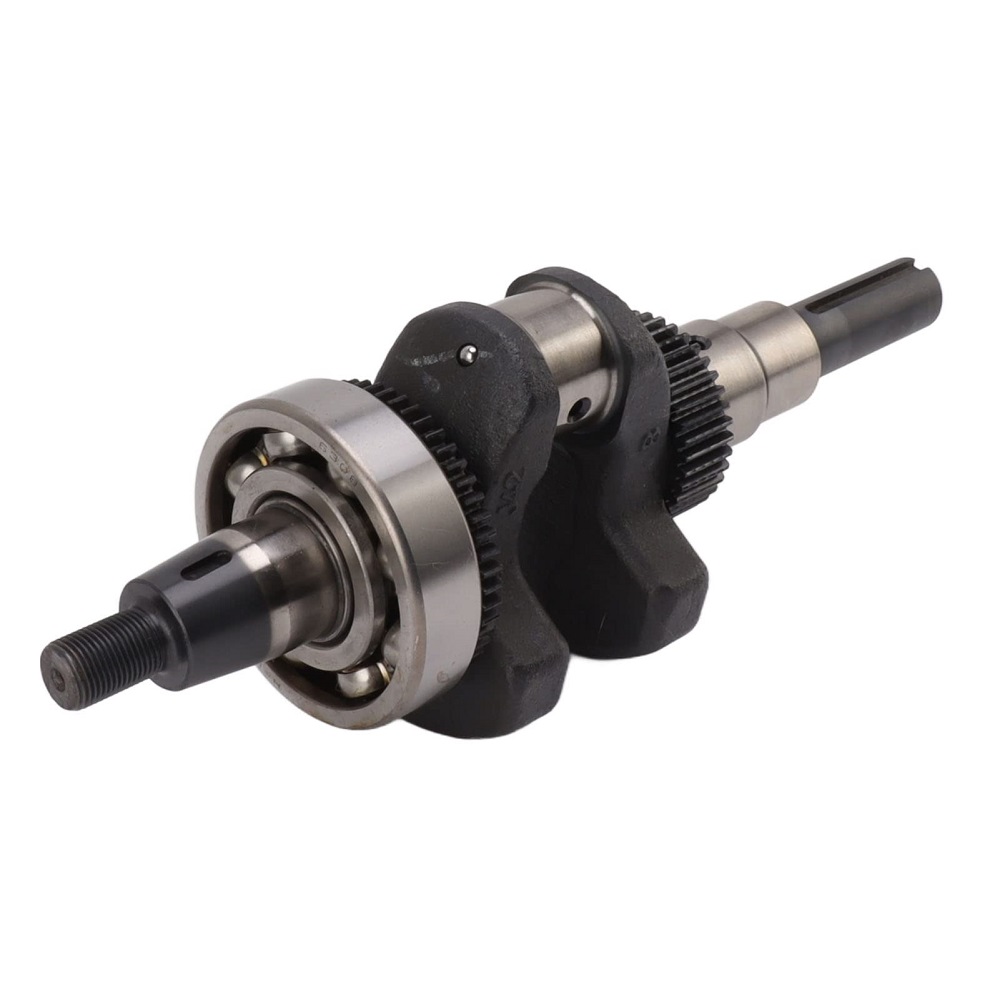
Common Issues with Crankshaft Components
Wear and Damage
Wear and damage are common concerns for crankshaft components. Over time, constant friction and high-stress levels can lead to deterioration of surfaces, particularly on main journals and connecting rods. This wear may manifest through scoring, pitting, or overall loss of material.
Detecting such changes early is essential to maintaining engine health. Signs of wear might include unusual sounds, changes in oil pressure, or engine vibrations. If you notice any of these symptoms, it is vital to take action quickly. Ignoring these signs can lead to costly repairs and engine failure.
Misalignment Issues
Misalignment is another significant concern that can affect engine performance. If the crankshaft is not properly aligned, it can lead to uneven wear on bearings and increased friction in the engine. This misalignment can result from various factors, including improper installation or wear in support components.
Identifying misalignment may require using specialized tools to measure the alignment of the crankshaft within the engine block. Addressing misalignment swiftly is critical; it prevents further damage to surrounding components and maintains the overall efficiency of the engine.
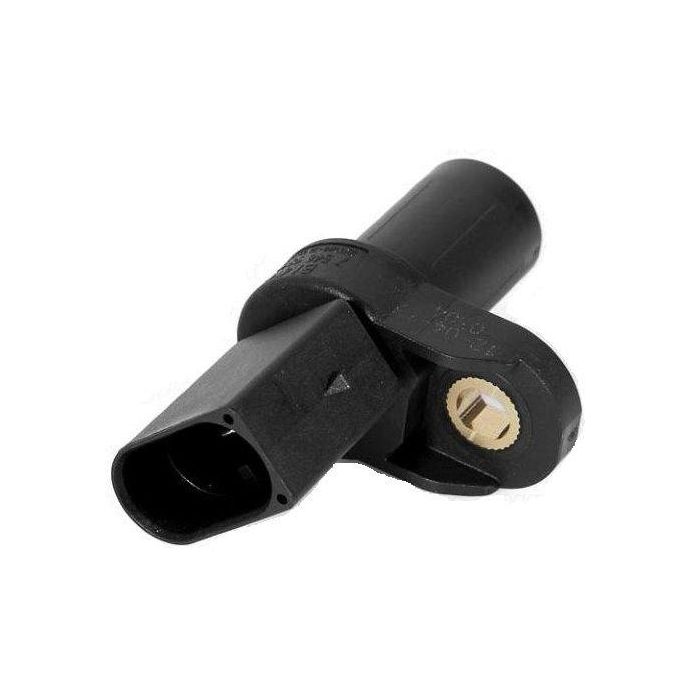
Efficient Maintenance Strategies
Regular Inspections
Conducting regular inspections of the crankshaft components is crucial for early detection of problems. Routine checks can help identify signs of wear, misalignment, or damage. Keeping an eye on oil levels and quality is also essential, as proper lubrication significantly impacts the lifespan of critical components.
During inspections, consider examining the condition of connecting rods and bearings. Any irregularities seen during these checks can serve as a warning sign for potential issues. Addressing concerns early will help avoid costly repairs and maintain the performance of your engine.
Importance of Lubrication
Proper lubrication is key to the efficient operation of all engine components, including the crankshaft. Engine oil serves to reduce friction and dissipate heat generated by moving parts. Regularly changing the oil and using high-quality lubricants can help prevent wear and extend the life of the crankshaft components.
Understanding the importance of maintaining oil levels and quality ensures that your engine operates smoothly. When the oil system is functioning well, friction and heat are minimized, allowing the crankshaft and associated parts to perform optimally. Consistent attention to lubrication can also prevent larger issues that may arise due to insufficient oil.
Exploring Upgrade Options
Aftermarket Performance Parts
For enthusiasts seeking enhanced performance, upgrading crankshaft components is a viable option. Aftermarket performance parts, including crankshafts and connecting rods, often provide significant improvements over standard components. These enhanced parts can improve strength, reduce weight, and optimize power delivery characteristics.
When selecting aftermarket options, it is crucial to choose reputable brands known for quality and reliability. Many aftermarket parts are designed for high-performance applications, offering significant benefits over stock components. The right upgrades can lead to noticeable improvements in acceleration, torque, and overall engine responsiveness.
Custom Crankshaft Designs
For those wanting the absolute best in performance, custom crankshaft designs offer tailored solutions. Custom crankshafts can be engineered to match specific needs and engine configurations. This level of customization can maximize power output while ensuring balanced operation.
The process of designing a custom crankshaft often involves working closely with engineers and builders to determine the ideal specifications. This collaborative approach can lead to exceptional results, especially in racing or performance-focused engines. Investing in custom parts represents a significant commitment but can yield impressive performance gains.
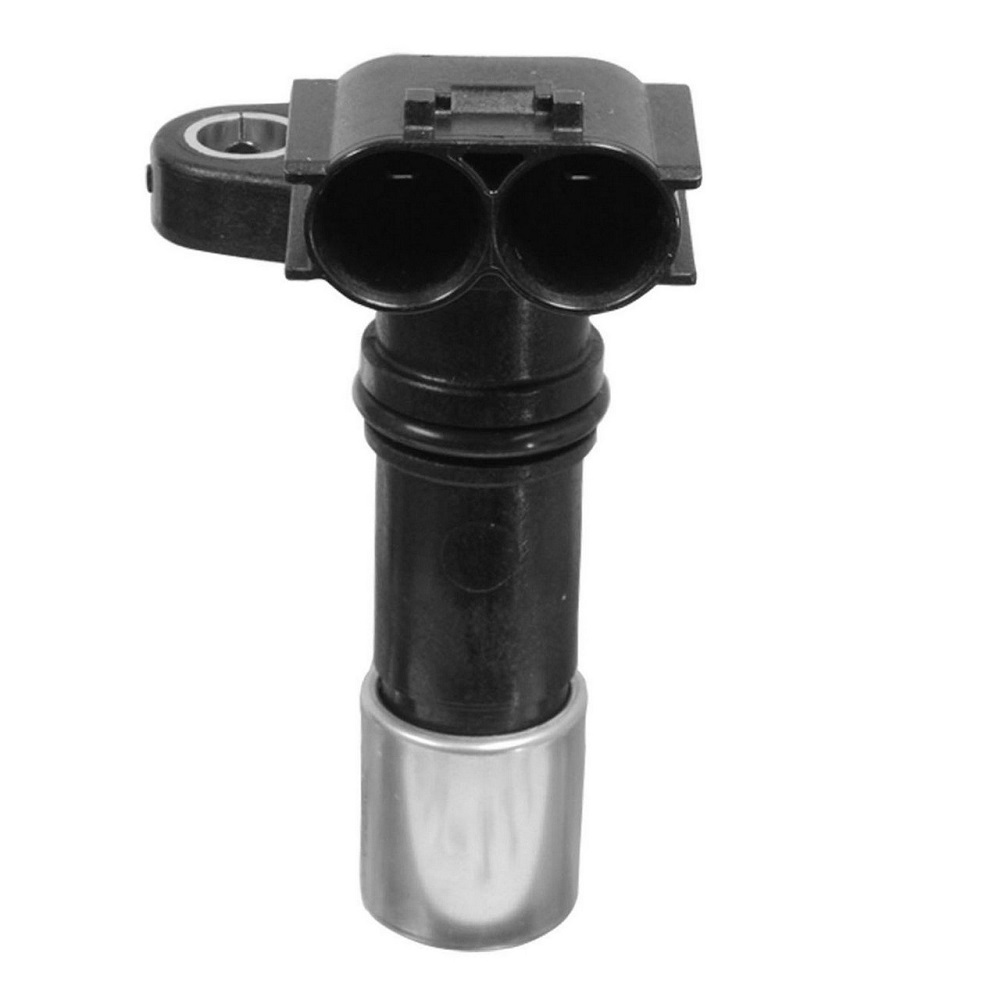
Frequently Asked Questions
How Can I Tell if My Crankshaft Needs Repair?
Identifying whether your crankshaft needs repair involves paying attention to various symptoms. Unusual noises, vibrations, reduced power, and oil pressure fluctuations are significant red flags. If you observe any of these signs, it’s essential to consult a mechanic for professional evaluation. Regular maintenance is key to preventing major issues from developing.
What Are the Most Common Signs of Crankshaft Wear?
Common signs of crankshaft wear include scoring or pitting on main journals, reduced oil pressure, and the presence of metallic shavings in the oil. Engine vibrations, unusual sounds, and performance drops may also indicate wear. Regular inspections and routine oil changes can help catch issues early on, allowing for timely repairs.
Is It Worth Upgrading Components?
Upgrading components like the crankshaft or connecting rods can significantly enhance performance, especially in high-performance applications or racing scenarios. Whether the investment is worth it depends on your goals and how you use your vehicle. For everyday driving, standard components may suffice, while enthusiasts may find significant benefits in performance upgrades.
Conclusion: The Essential Role of Crankshaft Parts in Engine Performance
Summary of Key Insights
In summary, the importance of crankshaft parts in engine performance cannot be overstated. Understanding the role of main journals, connecting rods, and associated components is vital for any car enthusiast or vehicle owner. Regular maintenance and inspections can help prevent common issues and extend the life of these crucial engine parts.
Addressing potential problems early allows for effective repairs and maintains optimal engine performance. Whether through aftermarket upgrades or custom designs, investing in quality components can lead to enhanced performance and reliability, ensuring your vehicle runs smoothly for years to come.
Embracing Lifelong Learning in Automotive Care
As automotive technology continues to advance, staying informed about engine components and their functions is essential. Embracing ongoing education regarding engine mechanics and maintenance practices will empower vehicle owners to make sound decisions. By understanding how the crankshaft and its parts operate, you can take an active role in maintaining your engine’s health.
In the ever-evolving world of automotive engineering, knowledge is power. Understanding the complexities of these components and how they function together will enhance your driving experience. By prioritizing maintenance and care, you ensure that your vehicle remains a reliable and efficient mode of transportation for many miles ahead.
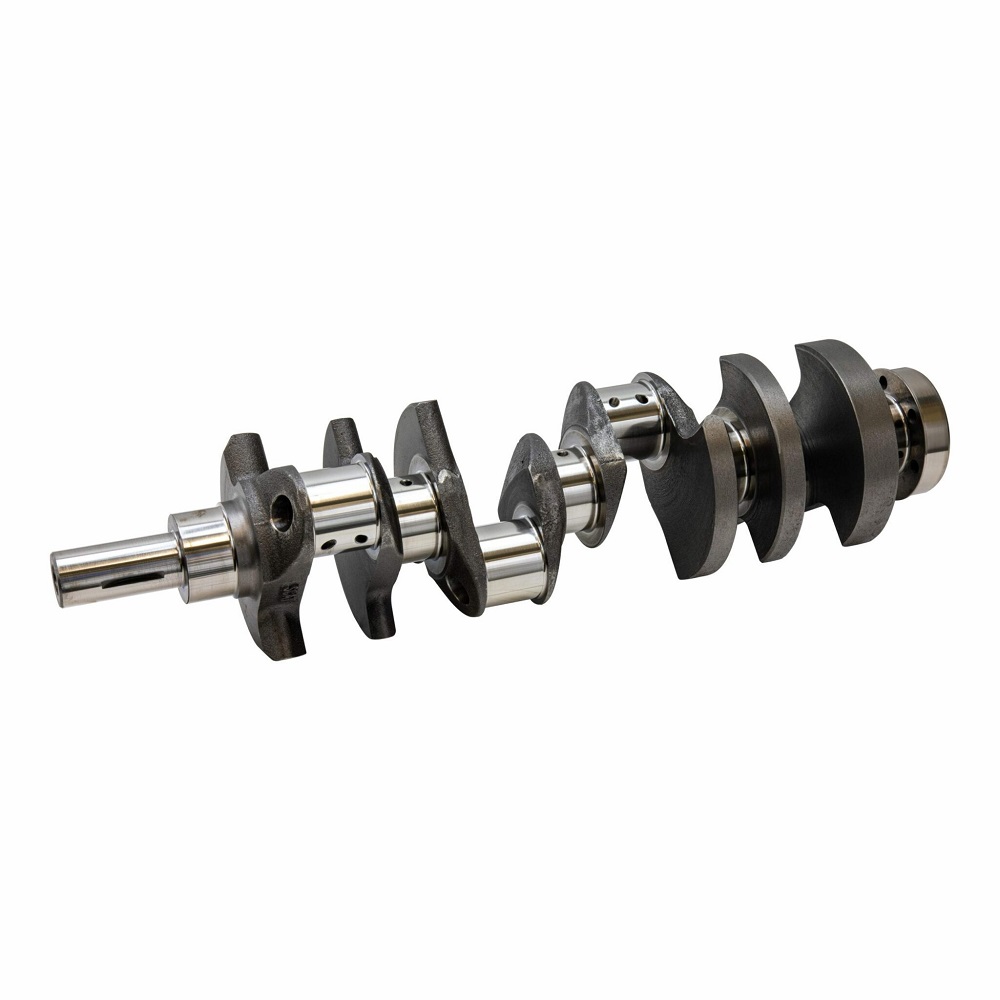
Leave a Reply